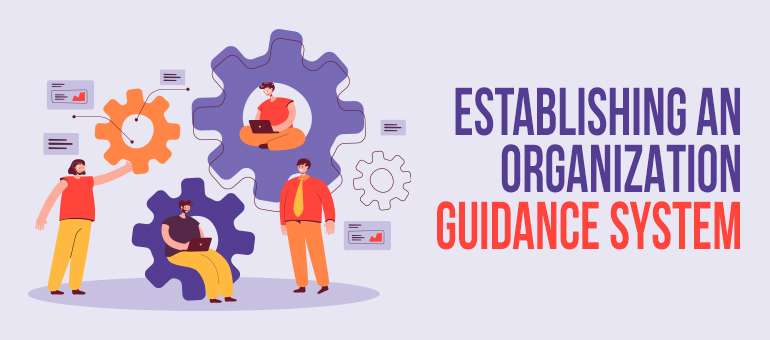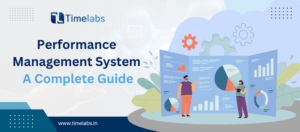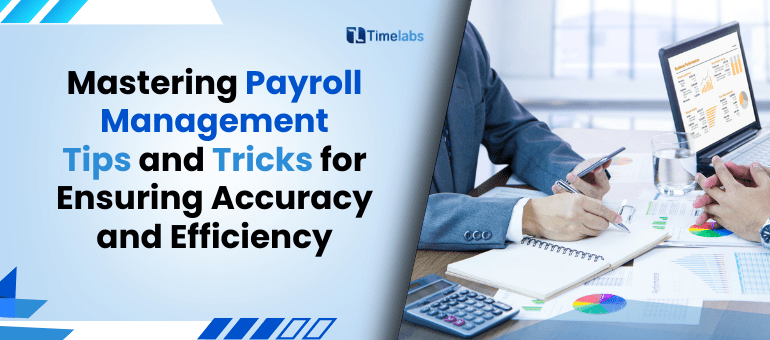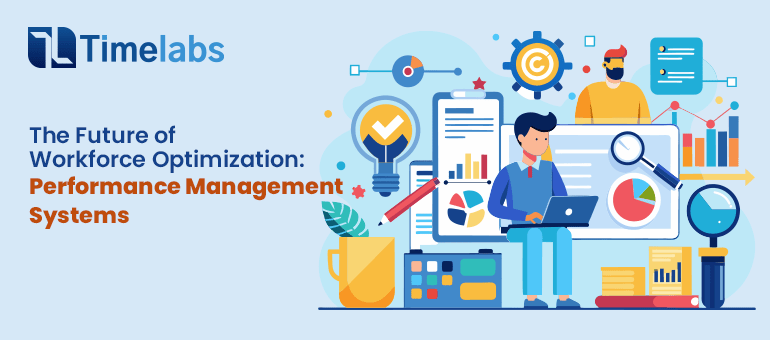Organizations have gone through a sea change over the decade. There is a definite shift in how business and HR leaders perceive organization capabilities and integrate them with individual competencies.
Now, businesses are more open to investing in nurturing talent. Gone are the days of adhering to strict processes and policies to achieve desired business outcomes. To drive growth, you must give equal attention to your employees, customers, and associates. It’s how you create a structured organization guidance system.
What is an Organization Guidance System?An Organization Guidance System (OGS) helps business leaders clarify their desired outcomes and how to achieve organizational goals with the help of internal (employees) and external (customers and investors) stakeholders.
Business leaders can establish the pathways required to reach the desired outcome and make consistent progress even after substantial adjustments.
Several organizations look for opportunities to innovate or create an impact. They do so by combining organizational capabilities and individual capabilities to drive results.
The need for an organization guidance system emerges when you want to create an effective workplace environment using people and processes. It’s about moving beyond the role of HR and payroll software. Think from a bigger perspective.
Pathways to create an effective organizationTalent: Employees are considered an asset for any organization. They bring years of experience that contribute to entrenching a brand into organizational success. For an organization guidance system to start yielding benefits, one must know how to utilize the potential of your resources.
Here, the point is what effort do you make to improve and nurture talent. How do you increase commitment towards achieving a higher goal? To make an organization system work, you need to push your people beyond their existing roles and take up challenging tasks to grow.
Organization: When you can turn individual competencies into organizational capabilities, you win big. Take note that teamwork is of the essence when aiming to achieve a periodic business goal. It delivers results rather than relying on mere talent to work wonders: your effort in creating productive workplace matters more than creating a resourceful workforce.
When you can identify the right organizational capabilities and combine them with your business goals, you can create a sustainable organization guidance system without putting effort.
Leadership: We are talking about consistent growth and creating a sustainable brand here. Therefore, utilizing a leader’s skills and competencies to drive business growth is of the essence.
Every organization aims at producing future business leaders. However, they often get side-tracked due to the lack of clarity. How well do you invest in nurturing your leadership team so your organization can grow better? Find an answer to it, and you win.
Human Resources: To create a sustainable organizational brand, you need people in different roles, including HR practitioners, to offer you a helping hand in creating an impactful workplace. The role of an HR practitioner is vast in such matters. It is not limited to knowing how to use HRMS to bring efficiency. It’s more about sharing valuable insights about business in general.
Learning about organization capabilitiesEarlier, we had talked about how organization capabilities help define a well-structured organization guidance system. Like you may use applicant tracking system software to measure progress or identify loopholes in the process chain, you can identify organization capabilities to use them to your advantage. Let’s learn about these capabilities in detail.
Talent: It is about attracting, nurturing, and retaining talent at all stages. You can help them commit to organizational goals through shared values and the right amount of guidance. Developing skills and competencies in your workforce can help you make a difference.
Collaboration: Emphasize teamwork, collaboration, cross-functional activities, and business alliances. A well-coordinated team produces impressive outcomes. Teamwork can beat talent in the long run.
Innovation: Thinking big and creating an impact through delivering innovative business solutions. It could be launching a new product or restructuring an existing business model to today’s definition of business success. Knowledge is power.
Analytics: What gets measured gets managed. It’s time to make calculative decisions based on data analysis. It helps you make wise business decisions. Make use of scorecards, dashboards, etc. Your HR management software can help you assess HR-related processes better.
Right Culture: Build a community of like-minded people based on a shared mindset. One can drive innovation and growth by building the right culture. It may take effort initially, but the end result will be favorable.
Social Responsibility: Your approach towards helping the community adds value to your organization. Business and HR leaders understanding its impact win big in the longer run.
Customer-centric approach: An organization guidance system caters to nurturing leaders to provide customer-centric solutions. Make sure to keep your external stakeholders happy too. As an HR, you may rely on an employee onboarding system to ease your day. Similarly, you can introduce best practices to retain customers with the effort of business leaders. If your employees are happy, your customer remains happy too.
Agility: Bringing efficiency into your processes, making them adaptable and flexible. Use agile methods to get work done on time effectively.
Turning individual competencies into organization capabilitiesWe have discussed the relevance of turning individual skills and competencies into organization capabilities. Let’s learn more about it through an example.
One of your employees has been exceeding expectations and is ready to take up a leadership position. How do you help that individual grow? You will build a leadership training program and include material that focuses on what leaders should know about business. You then invest and nurture that leader in phases and stages. You will assess and measure the impact of the training. In the end, you must ensure that the leader drives growth with the help of employees, customers, and associates.
Here, it’s crucial for you, as an HR leader, to help the individual understand the need for a structured organization guidance system. How do you turn their skills and competencies into organization capabilities? You do so by shifting their mindset. Remember, an organization guidance system promises a shift in the thinking pattern of business leaders.
Creating a sustainable organizational cultureAn effective organization guidance system can help you define clear business goals and outcomes. You have to utilize the skills and potential of your people and business associates to achieve the desired business outcomes. Here, you can take three things into account to make the system efficient and productive: focus, agility, and impact.
Focus on value creation through nurturing leadership qualities in your people and promote data-driven decision-making to create a winning organization. Try to combine individual competencies and organization capabilities in such a manner that everyone benefits from it.
In the end, you need committed people to run the show, and that’s how you create a successful organization guidance system.



